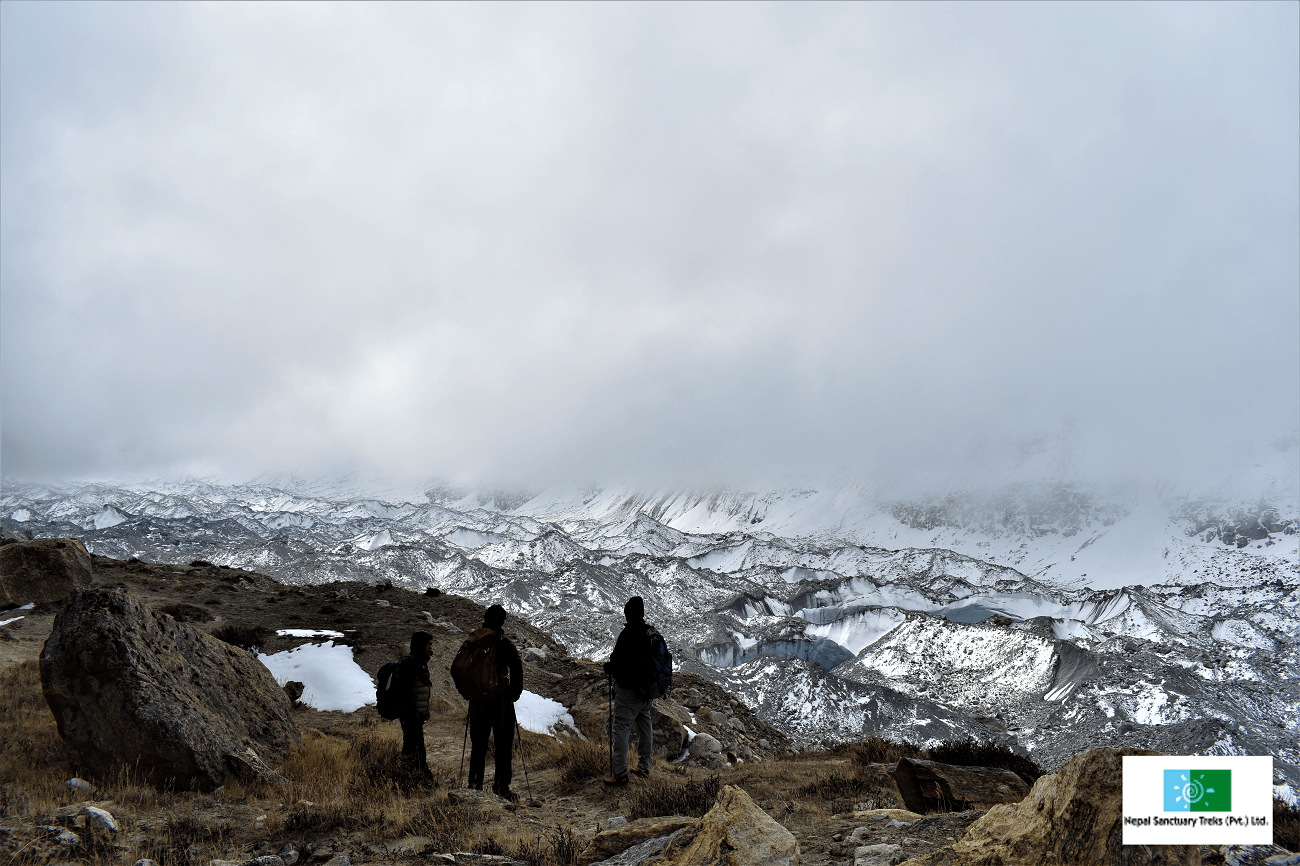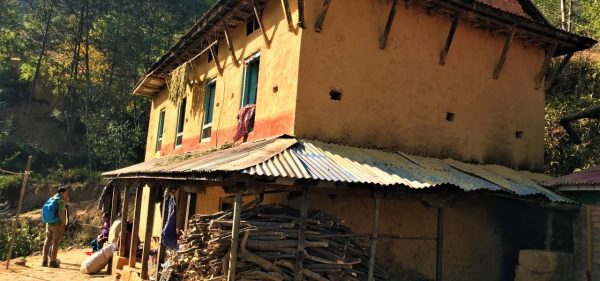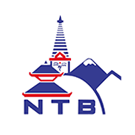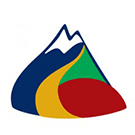Trip Facts
Trip Highlights
- Kanchenjunga, at 8,586 m is the world’s third-highest mountain and lies on the border with Sikkim
- Stunning forests and wild paths at lower altitudes. High mountain passes and trekking on glaciers in the immense space of the sparsely inhabited but stunning northern reaches
- The warm hospitality of Sherpa, Limbu, Rai and Lhomi communities
- Kanchenjunga has five peaks, and so the name translates to ‘Five Treasures of Snow’. These five peaks are Kanchenjunga Main, Kanchenjunga West, Kanchenjunga Central, Kanchenjunga South and Kangbachen
- Kanchenjunga was designated as a world heritage site by UNESCO on July 17, 2016
- Wildlife such as Snow leopard, Musk deer, Red panda, Blue sheep, Tibetan snow cock, Himalayan Monal
- Diverse landscapes from forests to meadows
- Kanchenjunga is the third-highest mountain in the world.
Trip Overview
This trek takes you around Kanchenjunga, the world’s third-highest peak at 8,586 meters. Trekking here lets you explore pristine wilderness, enjoy breathtaking mountain views, and observe wildlife such as snow leopards, red pandas, and Himalayan tahr. You might also spot rare birds like the Himalayan griffon vulture and golden eagle, making it a paradise for nature lovers and wildlife photographers.
This trek typically lasts 20 to 25 days and can be customized to suit your pace and preferences. Along the way, you’ll pass through rugged landscapes, picturesque villages, and terraced fields, following the Tamur River valley. Villages like Chirwa, Sekathum, Amjilosa, Gyabla, and Ghunsa provide a glimpse into the lifestyle of local communities. You will cross high passes like Sele La (4,290 m) and Mirgin La (4,663 m). Both offer stunning panoramic views of Kanchenjunga and the surrounding peaks.
The trek showcases a variety of landscapes, from subtropical forests and rhododendron groves to alpine meadows and glaciers. Along the way, you’ll encounter ethnic villages inhabited by the Limbu, Rai, and Sherpa people. These communities offer insight into their unique cultures, traditions, and daily life. You will also experience their warm hospitality and rich customs, making for a truly immersive cultural journey.
This trek is challenging and best suited for experienced trekkers with good physical fitness. It involves long hours of hiking on rugged terrain, crossing high passes, and adjusting to altitude and weather changes. Therefore, proper acclimatization is crucial to avoid altitude sickness and ensure a successful trek.
Are you ready for the adventure of a lifetime? Book your Kanchenjunga Circuit Trek today and experience the unmatched beauty of Nepal’s remote landscapes! You can email us at info@nepalsanctuarytreks.com






































 Altitude:
16,896ft
Altitude:
16,896ft
 Difficulty:
Strenuous
Difficulty:
Strenuous










